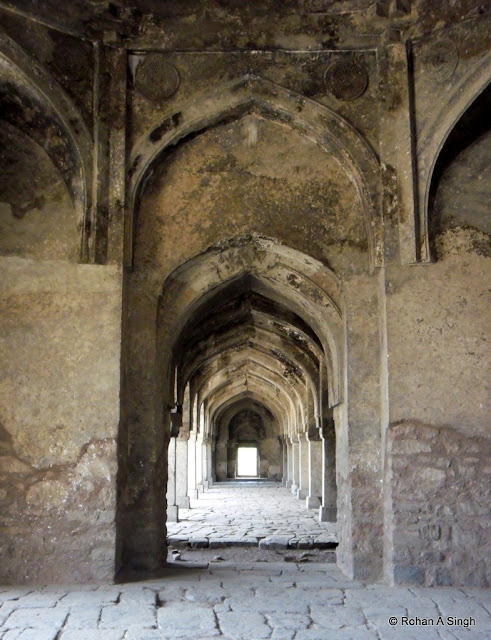On the eve of International Yoga Day (which falls on June 21st) Namah Resorts organised a Yoga Retreat in their property in Jim Corbett National Park. The retreat included Yoga sessions led by Yoga experts from Saptarashmi and performing Yogic Kriya's like Kunjar Kriya, Neti Kriya e.t.c. I was one of the bloggers who was invited for this fitness themed travel trip.
Since almost an year now, I have turned to exercising and weight training in order to stay fit (keeping my health in mind) so I thought this was a nice oppurtunity to try my hand at Yoga, explore the Jim Corbett National Park (in the monsoons) and also explore the Namah Resort. So this travelogue is a part of a series of 3 articles where I would explore these three aspects one by one.
Everyday the retreat would start with us performing the Kunjar (or Vaman) Kriya and the Neti Kriya early morning. Let me explain these kriya's through pictures -
The Jal Neti Kriya is performed by pointing the nozzle of the utensil (used for Neti) and letting the water flow into one nostril and flow out of the other. This helps in clearing the sinuses and is greatly beneficial for people living in a polluted environment and asthmatic's. The two precautions which need to be kept in mind is that the water needs to be lukewarm (not cold) and that you 'have' to breathe through your mouth !
The Kunjal Kriya is performed in two steps. In the first pic here we have to drink as much water (luke warm and mixed with some salt) as possible in a short period of time.
In the second step of Kunjal Kriya you stick your fingers inside your mouth and massage the little tongue located at the base of your tongue so that all the water (which you just drank) rushes out. This kriya helps in clearing out your stomach of all the undigested food present in your stomach (which you had consumed the previous night) and hence prevents indigestion.
After performing these two kriya's early in the morning we would be treated to a Herbal Drink which consisted of honey, ginger, ajwain e.t.c.
The Yoga Gurus from Saptarashmi preparing water for the kriyas !
The
retreat conducted by Yoga Instructors from Saptarashmi was a good one
and they made us perform all kinds of asana's (pose's) like Pranayam, Matsya (Fish) Asana (Pose), Dhanur (Bow) Asana (Pose), Magar (Crocodile) Asana (Pose) e.t.c. As I was performing these asana's myself I was unable to click pics. So here are two which I could source-
Performing meditation which involves concentrating on one's breathing. (Pic source from FB Page of Namah/Jim Corbett)
The Nataraja (Lord of Dance) Asana. This asana promotes flexibility in the
limbs and core muscles which in turn help in retaining posture/balance. It also strengthens the legs and ankles.
One of the favourite asanas which I performed was the Dhanur (Bow) asana where we would lie down on our stomach and hold our ankles with our hands. It really helps in promoting flexibility of our back muscles and strengthening our core muscles !
What made performing yoga for us bloggers a wonderful experience was the presence of the Himalayas and the jungles of Jim Corbett looking over us while we exercised !
This video shows the serene and lush green surroundings where we did the kriyas and Yoga (especially on the 3rd day). The chirping of the birds, the presence of the dense forests of Jim Corbett National Park and the Himalayas only add to the grandeur of the location !
It is my personal opinion that performing yoga at such a serene environment is the next best to performing yoga at the sandy banks of the River Ganges !
(to be continued.....)
.......
Note - Images, unless mentioned, have been clicked by Mr Arvind Passey)



























